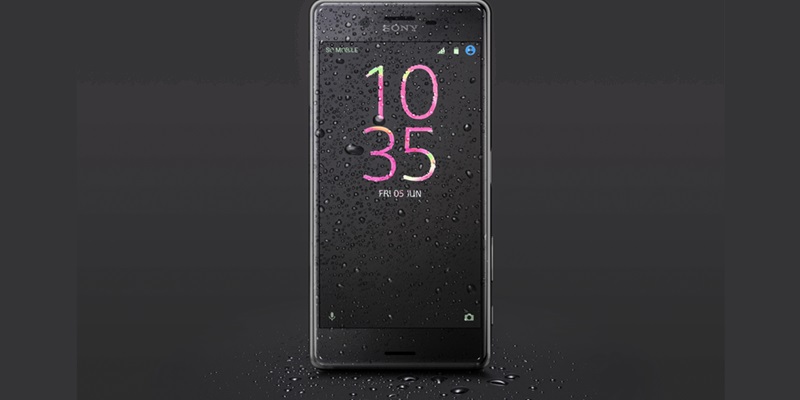The Sony Xperia Z has garnered attention for its impressive range of features and capabilities. However, it is equally important to acknowledge the potential downsides that come with this device. In this article, we will delve into some of the drawbacks that users may encounter while using the Sony Xperia Z, including overheating issues, its fragile glass design, limited storage capacity, and mediocre battery life.
Overheating Issues
The Sony Xperia Z is not without its flaws, with one significant drawback being the potential for overheating. This issue can occur when the device is used intensively or exposed to high temperatures for prolonged periods. Overheating can lead to various adverse effects, including decreased performance, spontaneous shutdowns, and even damage to the phone’s internal components. While these instances may not be extremely common, they are certainly worth considering before purchasing the Xperia Z.
Fragile Glass Design
One of the potential downsides of the Sony Xperia Z lies in its fragile glass design. The device features a glass back and front, which sandwich the internal components. While this design choice lends the Xperia Z a sleek and sophisticated appearance, it also leaves it vulnerable to cracks and scratches if not handled with care. However, it is worth noting that many flagship smartphones, including competitors to the Xperia Z, also incorporate glass components in their designs.
Limited Storage Capacity
Another drawback of the Sony Xperia Z is its limited storage capacity. This can be particularly inconvenient for users who frequently capture high-resolution photos or record videos in 4K. The limited storage may necessitate frequent transfers or deletions of media files to free up space, which can be a hassle for users who rely on their smartphones for multimedia purposes. Considering the storage needs of your usage habits is paramount before purchasing this device.
Mediocre Battery Life
The Xperia Z falls short in terms of battery life, marking another downside to consider. The length of the device’s battery depends largely on how it is used. Specific activities such as gaming, streaming media, or utilizing power-intensive features can quickly drain the battery. Users with high power consumption requirements may find this aspect of the Xperia Z to be underwhelming and may need to make more frequent charging a part of their routine.
While the Sony Xperia Z offers an impressive range of features and capabilities, it is essential to acknowledge the potential downsides of this device. Overheating issues, a fragile glass design, limited storage capacity, and mediocre battery life are factors that prospective buyers should consider. However, it is crucial to weigh these cons against the Xperia Z’s strengths and suitability for individual needs. Ultimately, making an informed decision can ensure a satisfactory user experience.

